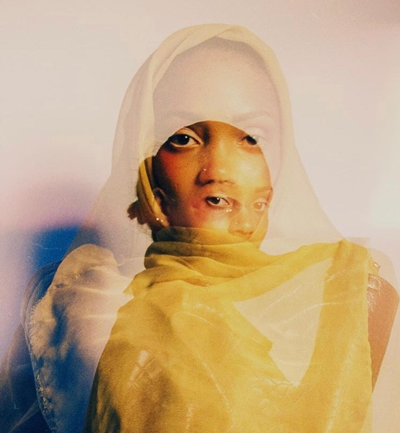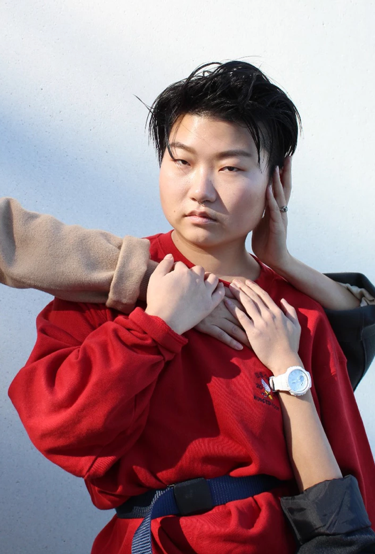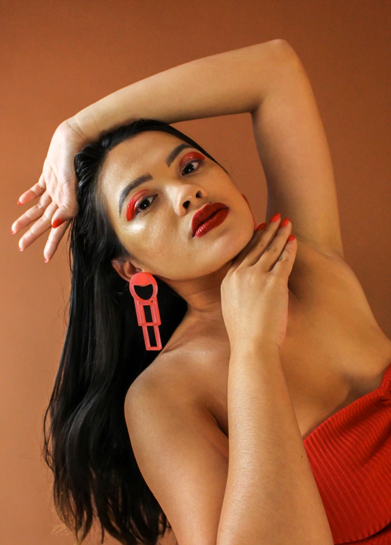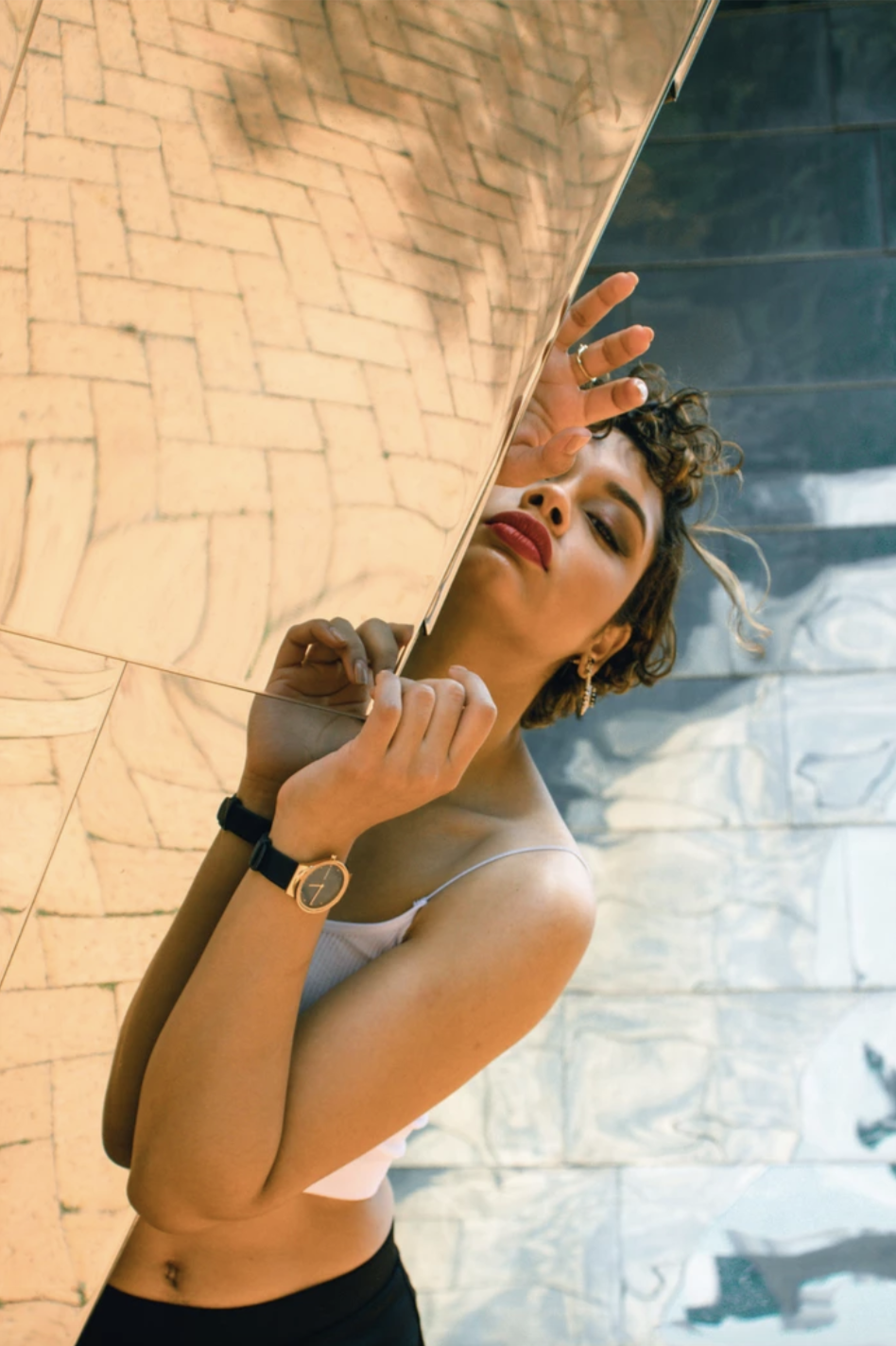Katytarika Bartel is a filmmaker, youth worker, and community artist. They co-founded ANGRY ASIAN GIRLS, a community organization that gives a platform to a group of individuals dedicated to changing the way the AAPI community is represented. They also teach media and design to youth at the Castle Square Tenants Organization’s youth program. Katy’s work specializes in identity politics, recognizing identity as a powerful vehicle for change. Along with Lily Xie, Crystal Bi, and Ponnapa Prakkamakul, Katytarika Bartel is a driving force in our Residence Lab program. We are so excited to feature her as part of our Residence Lab Artist series.
Thank you Katy for taking the time to come out to the ACDC office for an interview. It was so inspiring and meaningful hearing about your experiences as a LGBTQ mixed-race artist!
Selina Li: Where did your family immigrate from?
Katytarika Bartel: “My mom emigrated from Bangkok, Thailand when she was about 21 years old. She landed in California where she met my dad, who is a second-generation immigrant of German descent.”
SL: Was Boston the first place that they landed?
KB: “I was born in California and then moved to New York City. My family lived in Harlem for a while and then spent some time in Connecticut. I’m kind of all over the map. When people ask me where I’m from, which is often, I don’t really have an answer because I moved 10 times as a kid. Having one home is not really a familiar thing to me and that is a perspective that I bring with me. So far, I have lived in Boston the longest. I write a lot of poetry around the question, ‘Where are you from?’ because I think there’s a shared experience behind the question.”
SL: Because you’ve moved around a lot, what does the word “home” mean to you now?
KB: “I love exploring the concept of home. In our Residence Lab discussions, I do a lot of work with my team around the idea of home, what it means, and how home might not be a place. Home for me is where my mom is because I didn’t identify much with my Thai background growing up. I suppressed it because I was always ashamed of my identity, especially while attending a predominantly white high school in Connecticut. I thought, ‘I don’t want to be different at all.’ People were constantly telling me that I didn’t look Asian, so I thought I shouldn’t identify with that part of my background. I had a lot of feelings about being in-between identities.
Now, I have embraced the parts that I used to feel ashamed of, and I feel most at home with my mom. The food that she cooks for me and the way she holds and makes space feels like home. She’s always been my grounding place.”
SL: Were there any artists or musicians in your family?
KB: “My dad was an artist. His career was based in architecture and engineering, but in his free time, he was a painter. He painted a lot, but he never pursued that as a career path. He probably didn’t think that painting was practical as a profession. He passed away this year from cancer, and at his funeral we displayed his artwork. Some of his friends never knew that he was a painter because he never shared it. My mom is also very artistic but would never identify as an artist.
My family didn’t encourage me to be an artist. I don’t think they were super psyched when I told them I wanted to study film. I didn’t feel supported by them until my film was screened at the Boston Asian-American Film Festival.”
SL: Who inspired you to make art for the first time? How did you get started as an artist?
KB: “I didn’t know I wanted to be an artist until I went to college. I went to study creative writing and I never thought of myself as super artistic. I realized quickly that I very interested in art and activism and the link between the two, so I transferred to Emerson College. However, there’s so much privilege at Emerson, especially white privilege. There’s a pipeline of students whose parents already work in the film and theatre industry, so they have this advantage over others. The conversations that I had and the people I met were very interesting. It fueled my art.
I made my first documentary at Emerson. I was inspired by some of the Asian American folx that I met while studying at Emerson. It was cool to learn from all these queer AAPI femmes doing filmmaking. I picked up a camera and I’ve been exploring film ever since.”
SL: What medium are you most comfortable with?
KB: “My voice and my camera are the two mediums that I am the most comfortable with. The first type of art I did was slam poetry, which I did in high school as a hobby. I went to Brave New Voices, which is a national slam poetry competition. I have performed spoken word poetry in Boston at different venues. I use my voice in art for public organizing, activism, and slam poetry, while my camera is the tangible medium.”
SL: What kind of poems did you write about?


































